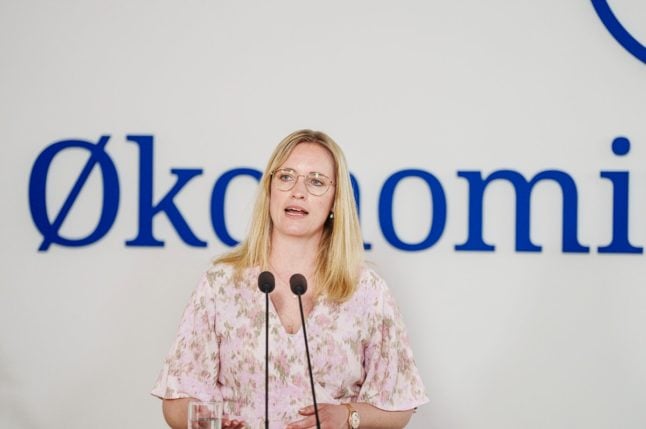New data reported by news wire Ritzau shows that Denmark’s state coffers are over 52 billion kroner healthier than the Ministry of Finance said in August they expected by the end of 2022.
The 2022 result is a huge win for public finances and shows that the country’s economy is faring better than previously thought, senior economist Las Olsen of Danske Bank said.
“2022 was a high with high growth after corona. That tells us more than anything something about why public finances are so strong,” he said.
Another explanation for the figure is the boost given to tax revenues by high growth, he said.
A similar situation occurred in 2021, Ritzau writes. A year ago, an “extra” 33.3 billion kroner was present in state finances in comparison to government expectations.
“We have seen time and again that public finances have been markedly better than expected and that is characterised by many things but not least that revenues keep on positively surprising us,” he said.
READ ALSO: Denmark reduces national debt by 25 percent since 2021




 Please whitelist us to continue reading.
Please whitelist us to continue reading.
Member comments